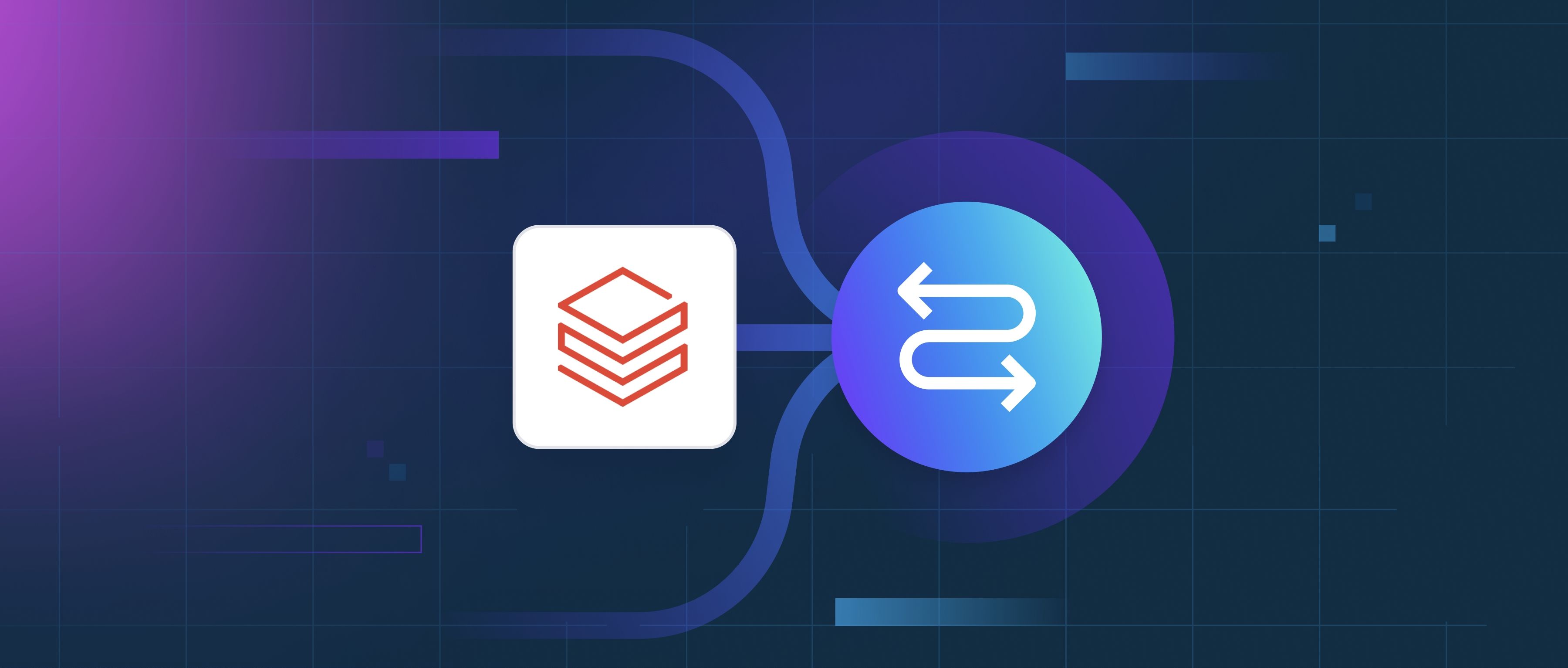Reasoning plays a crucial role in AI-powered chatbots by enabling them to provide more accurate and relevant responses to user queries. At its core, reasoning refers to the ability to process information logically and draw conclusions based on that information. In the context of chatbots, this means understanding the user’s intent, evaluating the context of the conversation, and generating appropriate replies. For example, if a user asks about the availability of a product, the chatbot must not only recognize the product name but also check the current inventory status before responding. This requires a combination of data retrieval and logical processing.
Another important aspect of reasoning in chatbots is handling complex interactions. Many user queries involve multiple components or require the chatbot to follow a line of thought over several turns of conversation. For instance, if a user starts by asking about a refund policy and subsequently inquires about the process of returning an item, the chatbot must maintain context and link these interactions together seamlessly. This type of reasoning helps the chatbot keep track of the conversation’s flow and ensures it can provide coherent and contextually appropriate answers.
Additionally, reasoning aids chatbots in resolving ambiguous situations. When a user presents a vague question, a well-built chatbot should not only ask clarifying questions but also make reasonable assumptions based on previous interactions or common scenarios. For example, if a user says, "Tell me about my last order," the chatbot needs to identify which user account it is referring to and may ask for additional details if there is ambiguity. By integrating reasoning capabilities, chatbots can enhance user satisfaction and create a more engaging and efficient customer experience.
